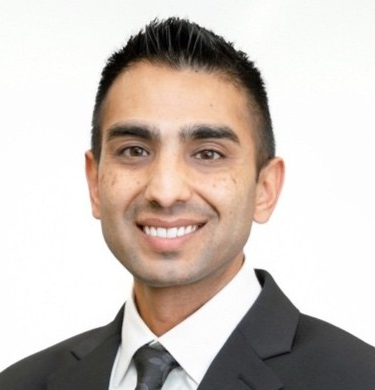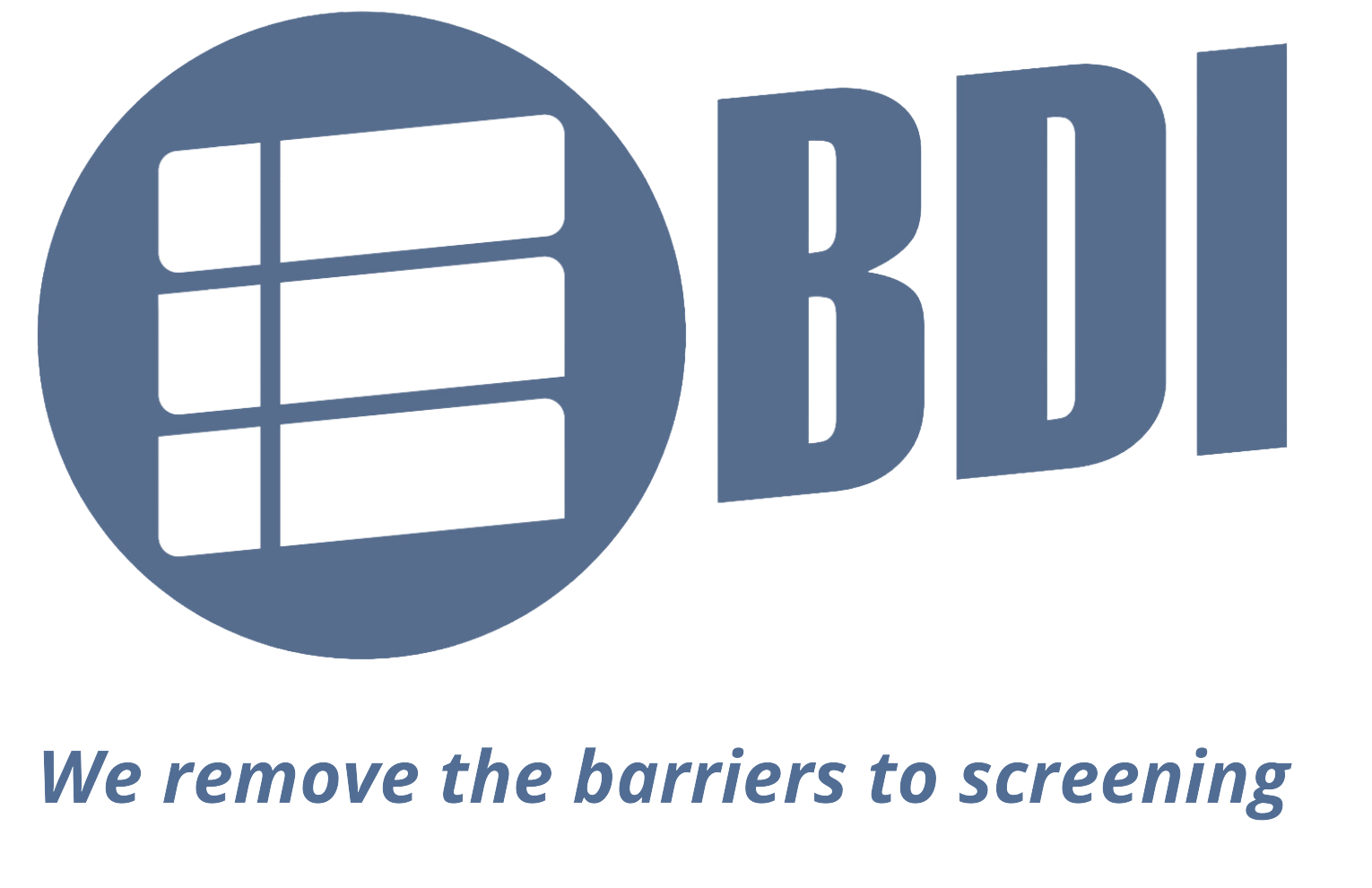Market feedback
Better/earlier detection of osteoporosis → Enables earlier treatment and fracture prevention
“I have experienced firsthand how BDI enhances patient care with innovative osteoporosis screening. Most notably, BDI screening has detected cases of significant osteoporosis in my patients that were not noted by standard DEXA imaging.
The accuracy and ease of use with BDI are key advantages. The technology screens existing patient data on CT scans completed for alternate reasons, requiring no additional steps from patients or providers. In turn, this allows for proactive treatment and the prevention of fractures and associated morbidity. Importantly, when BDI determines a patient’s results are normal, it can eliminate the need for DEXA testing.
Lastly, having the BDI expert physician team oversee the technology analytics as well as having the team available to answer questions is reassuring and incredibly helpful. I look forward to continuing to incorporate this osteoporosis screening method in my practice.“

“BDI’s ‘opportunistic’ screening (using existing patient imaging) for significant metabolic conditions and diseases that otherwise may go undetected (and thus untreated) has had an impressive impact on our patient care and imaging center revenue. We are seeing providers refer their patients to us for all their imaging needs in part because we offer BDI.
BDI truly is groundbreaking.”

Chief of Musculoskeletal Imaging


Cedars Sinai Heart Institute and
the David Geffen School of Medicine

“At Cardiovascular Medical Group of Southern California, we enjoy access to the most advanced, innovative health technologies – resulting in the best care for our patients. Osteoporosis is an underdiagnosed and often overlooked condition that can have catastrophic consequences for our aging population. We have determined that BDI’s osteoporosis screening and analytics is one of a handful of truly move-the-needle technologies for patient care that has made a substantial improvement in our ability to deliver state of the art care to our patients.
In our practice, which has advanced CT imaging, patients who have previously ignored osteoporosis commonly are imaged or screened for other conditions (e.g., cardiac, cancer, pain, etc.). These acquired images are analyzed using BDI’s revolutionary technology-enabled service to estimate osteoporosis and fracture risk quickly, accurately, economically, and unobtrusively. No additional imaging required: no additional radiation, no additional patient time or other burden, no provider or payer workflow change, no additional cost and importantly no additional equipment. We simply could not provide this level of personalized care without BDI.
This is clearly a win-win-win for patients, providers, payers, and the health system.
We strongly advise radiology, endocrinology, OB/GYN, primary care and other providers to evaluate this important paradigm shift BDI enables that expands and improves the delivery of care for better outcomes.”
“Opportunistic CT is a rapid and reproducible method of screening patients for osteoporosis, and may even show significant bone loss before it can be detected with DXA. Furthermore, by identifying patients at risk for osteoporotic fracture who would otherwise not undergo DXA testing or be diagnosed with osteoporosis, opportunistic screening using CT has the potential to shift the existing diagnostic paradigm and ultimately improve patient care.”
Chief of Musculoskeletal Imaging

